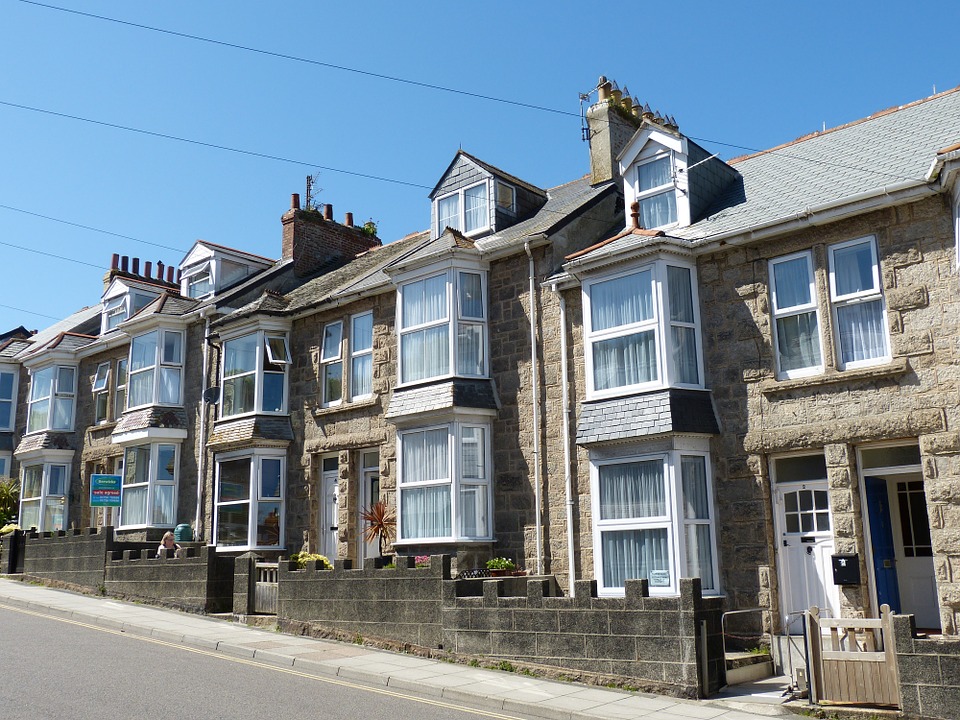New sales agreed ran 28% above pre-lockdown levels in June, as the surge in demand converted into actual sales, according to the monthly House Price Index by Zoopla.
The market suspension during lockdown reduced the flow of new supply and sales agreed by 90%.
While these measures are now rising ahead of their pre-COVID levels, the increase in sales and supply since the start of the year is lagging 20% behind compared to 2019.
In contrast, in June 2020 demand from buyers was double that of the same period in 2019.
On a cumulative basis, since January 2020, demand ran 25% higher than the same period in 2019 despite the lockdown and market closure.
Zoopla’s analysis suggested that this was primarily ‘catch-up’ demand for what was lost over lockdown, and estimated that returning buyers accounted for 80% of levels that would have been expected over this period in 2020 had COVID not struck.
To find out more about how we can assist you with your Mortgage requirements, please click here to get in touch
Regional cities across the north of England recorded stronger growth in demand in the first half of 2020 compared to 2019, while new supply was hit countrywide as a result of the market closure.
Top of the list for demand are Sheffield, Liverpool, Manchester and Nottingham, which are all in the top fastest growing cities in terms of house price growth.
Short-term demand for city living is holding firm, despite predictions that it would fall. Research has suggested that COVID-19 has boosted demand for homes outside major cities; however, Zoopla said it expects this to be a one-off factor rather than a long-term shift in consumer attitudes.
London ranks fifth for growth in demand since the start of 2020; this demand has seen a modest shift away from the centre, towards the suburbs and commuter belt.
Despite an overall decline in annual transactions, London enjoyed an immediate boost to sales agreed following the temporary stamp duty holiday implemented by the government.
New sales agreed increased by over a quarter (27%) in just two weeks in London, which was geared to benefit most from the changes.
This boost to transaction volumes was not replicated in other regions, where average property prices are lower and less responsive to stamp duty amends.
While stamp duty relief will support demand in higher value markets across southern England, Zoopla said this was unlikely to sustain demand indefinitely into 2021.
UK house price inflation in the 12 months to June 2020 rose to +2.7%, registering the highest level of annual growth for almost two years.
By contrast, the monthly rate of growth has halved to 0.2% and the city level price indices registered slower growth still as a result of lockdown and reduced pricing evidence.
While there was a wide variation in annual growth rates across the country, there was no evidence of material, localised annual price falls at a regional or city level.
Based on current trends, Zoopla predicted that the headline annual rate of growth is set to remain positive, as the growing imbalance of supply and demand is set to support prices for the remainder of the year.
Richard Donnell, research and insight director at Zoopla, said: “COVID and the lockdown have shifted the dynamics of supply and demand across the housing market.
“The staggered reopening of housing markets across countries and the added impetus from the stamp duty holiday mean we expect buyer demand and new sales volumes to hold at current levels over the next two months.
“The net result will be continued support for house price growth at current levels over the second half of the year.
“Regional cities in northern England and the Midlands have the strongest underlying trends.
“For those operating in the market, and others looking in, the latest forecasts for increased unemployment and a sharp economic contraction over the next 12 to 18 months certainly seem at odds with current levels of sales market activity.
“We expect rising unemployment to weigh on market activity over the final quarter of 2020 and into the first half of 2021.
“The impact on pricing looks set to be pushed into 2021 as a result of sizeable government support for the economy.
“Further support cannot be ruled out while forbearance by lenders, and the availability of the mortgage payment deferrals, which can start up until the end of October for three to six months, is likely to limit the scale of downside for house prices.
“Much depends on how businesses respond to the outlook and their decisions on staffing levels and the knock-on impact for unemployment.”
By Jessica Bird
Source: Mortgage Introducer



